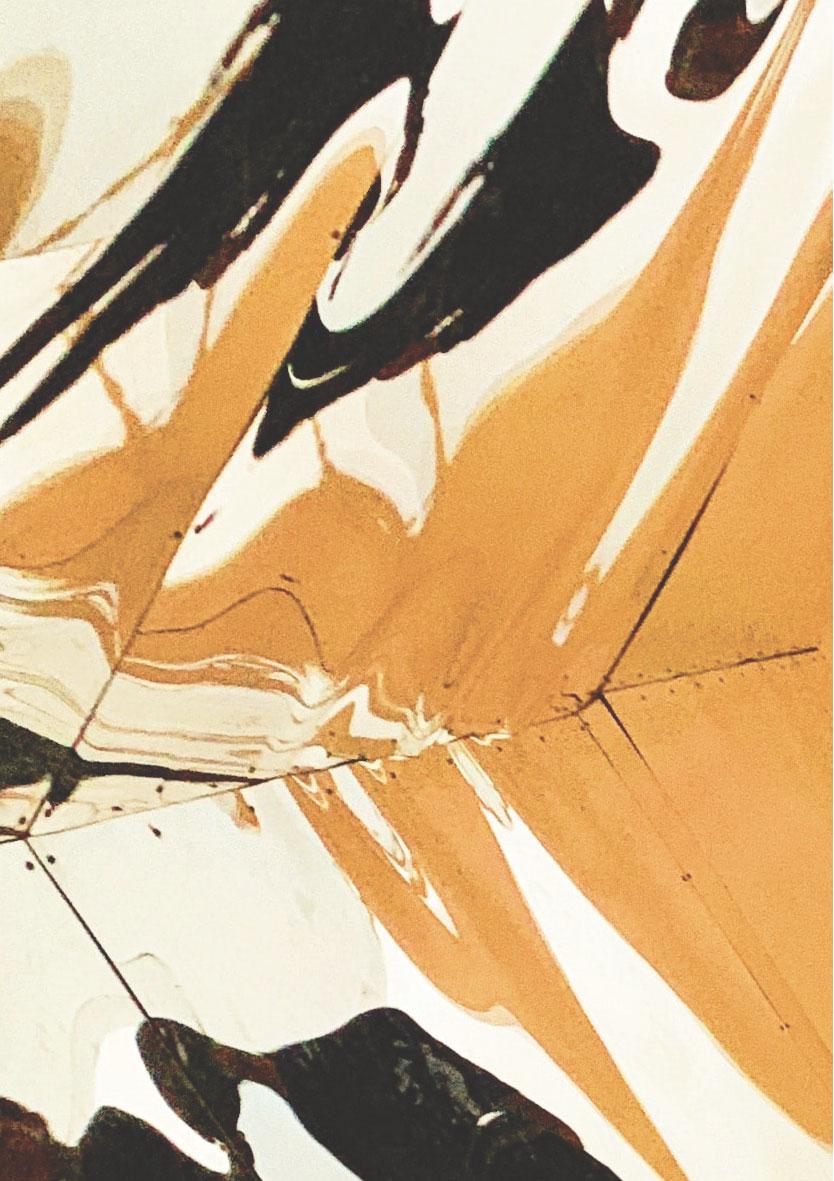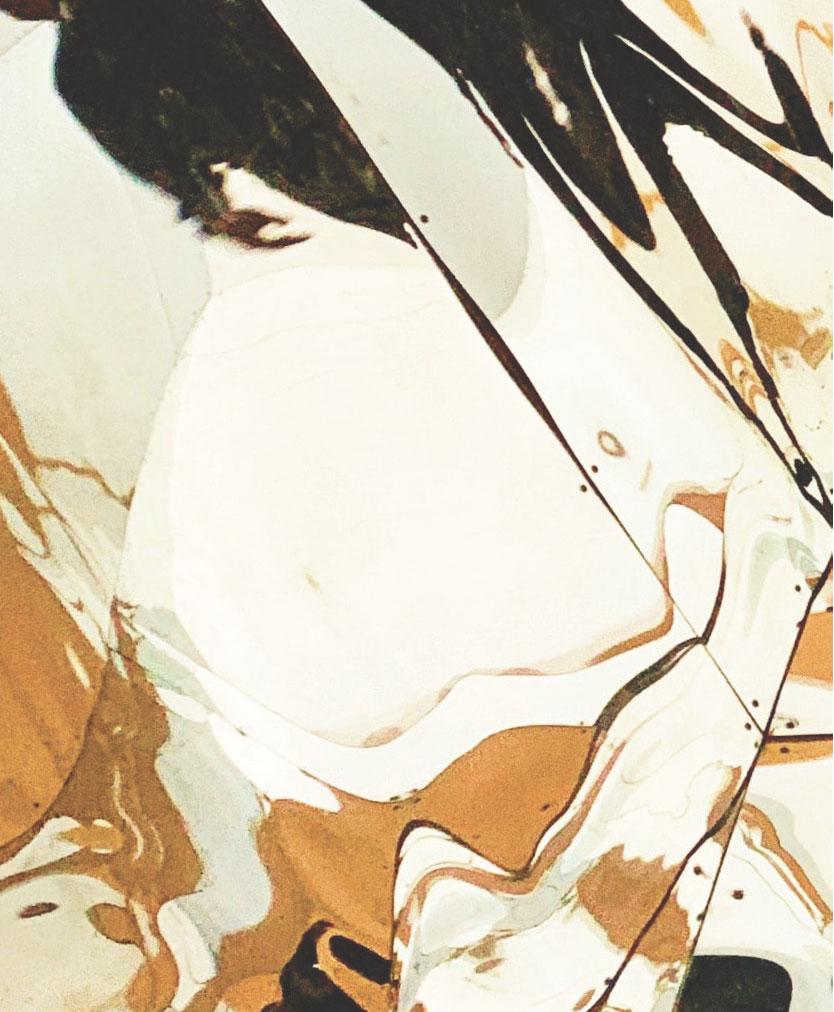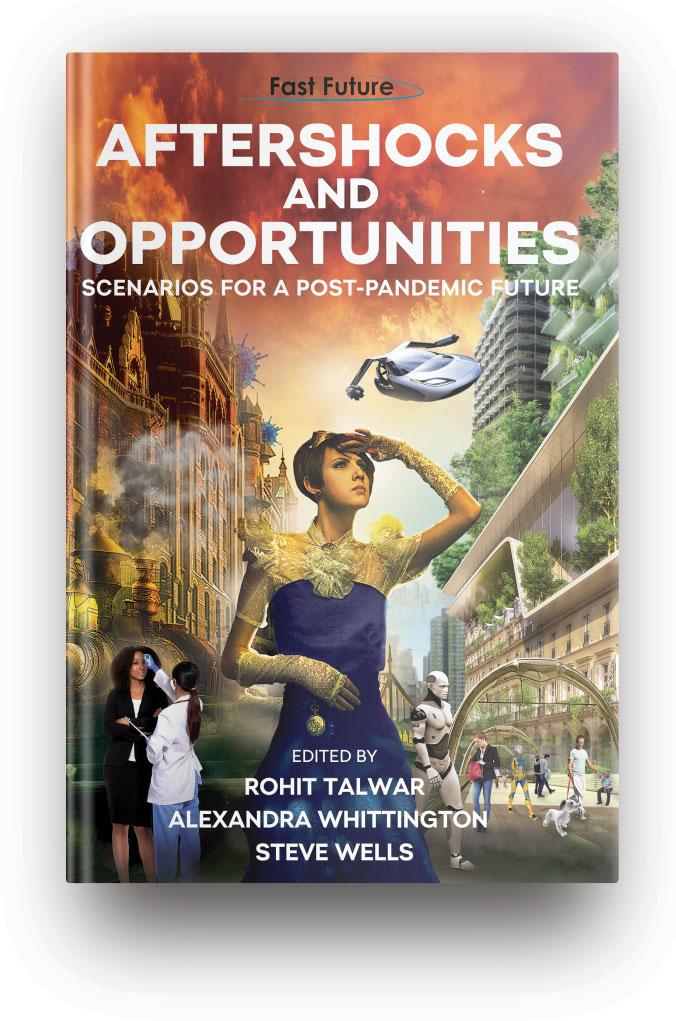
4 minute read
POST-COVID INTERACTIVE, WEB-BASED FUTURES WHEEL
Radman Khorshidian Pouyan Bizeh Niloofar Samimi
Future City Innovation Lab
POST-COVID INTERACTIVE, WEBBASED FUTURES WHEEL

This article is about an online tool you can access here: http://futurecity.ir/blog/futureswheel.html.
This is still under development, thus some of the features may not be fully operational at the time of your reading. We would appreciate your comments and contributions to this futures wheel.
Interactive, Web-based Interactive, Web-based Futures Wheel Futures Wheel
COVID-19 pandemic fl ourished the inner futurist of many, bombarding our brains with predictions of the so-called post-COVID era, from the seasoned futurists to the laymen. We were confused but we knew that this was not the way to deal with uncertain situations like this. Our response was to sort and classify the possible impacts of the pandemic on the society and human life and link them together along causal and temporal lines in a futures wheel to make sense of the bigger picture. This would also help us to crowdsource the knowledge, spread the word, and ask our peers and colleagues to contribute to a larger, shared wheel; one that demonstrates not a specifi c group's visions, but our shared hopes, fears, and desires of our future.
In the beginning and for the lack of a better tool, we used an online, free platform. Soon we noticed the challenges we had with it since it was not developed for this exact purpose. We then listed the features we needed for our tool: 1. The platform should be visually thorough, understandable, and engaging. 2. It should be free and available for everyone around the world to facilitate data entry procedures from wherever possible and also promote our online inclusive agenda. 3. It should be capable of receiving data inputs and confi rming them before modifying the futures wheel. 4. It should be real-time and interactive, meaning that different users should be able to manipulate and even play around the wheel to fi nd new aspects in the whole map. 5. We should have access to the raw accumulated data at all times. This is mainly for reproduction purposes. (i.e. visualizing the data in other formats in the future.)
We examined major online whiteboard tools like Miro and MindMeister and tried more conceptually relevant tools like Visual Paradigm and Futures Platform. Those were great tools but none met our aforementioned criteria. Some lack features to facilitate data entry. Some are not suitable for data visualization purposes, making it very hard to communicate with people beyond our circles. Therefore, we decided to develop a web-based and interactive wheel, suiting not only this current inquiry but our future projects too.
We designed the UX/UI of this tool and then started the programming part. We used the Javascript data visualization framework called D3 for data visualization and deployed CSS and HTML to make this scheme alive. Data entry was a complex challenge. We avoided making a profi le/account system and instead tried to use already existing Google accounts through pop-up Google Forms, where people can enter their suggestions and comments.
COVID-19 Futures Wheel COVID-19 Futures Wheel
We modifi ed the concept of a futures wheel for our COVID-19 inquiry. In our model, we preferred the temporal sequence of the impacts/events to the linear causality of them, meaning that the further we move from the center, the later the events may occur. they may or may not be a direct effect of any previous impact/impact. The wheel can show if any impact/trend is decreasing, increasing, emerging, or being abolished altogether. It can also show how intense and severe the impact would be. An important feature we had in mind was how to show the lasting effect of these impacts. Some may vanish as soon as the pandemic ends, some can have longer-lasting effects and even cause a paradigm shift.
Before laying out the components of this futures wheel, we assumed that the pandemic will not cause a major systemic collapse, in other words, we are not talking about a new civilization but a deeply altered one. We also assumed that we don’t know and can't know if the effects of this pandemic are permanent or temporary, or even how long they will last.
Based on these assumptions, we added new nodes and links and created a system to determine the depth and magnitude of different impacts. We asked different experts in the fi elds of Sociology, Psychology, Urban Planning, Economics, Technology, etc. and challenged them to fi nd the impacts of the pandemic on their respective disciplines and contribute to the wheel.

Afterthought Afterthought
Overall, this was a learning experience for us, and one we seek to develop further in the future. Our initial experience was how comforting it is to sort a large amount of data through interactive visualization that is available on the internet. We noticed that seeing the entirety of the wheel and spending some time on it can help us connect new impacts that were not known to be connected before. It also helped us seeing larger patterns and trends and potentially reaching for some conclusions in the future. It can also be a new tool for the online workshops we usually hold for corporations and individuals, scanning their possible futures and training them to be more futures literate.










